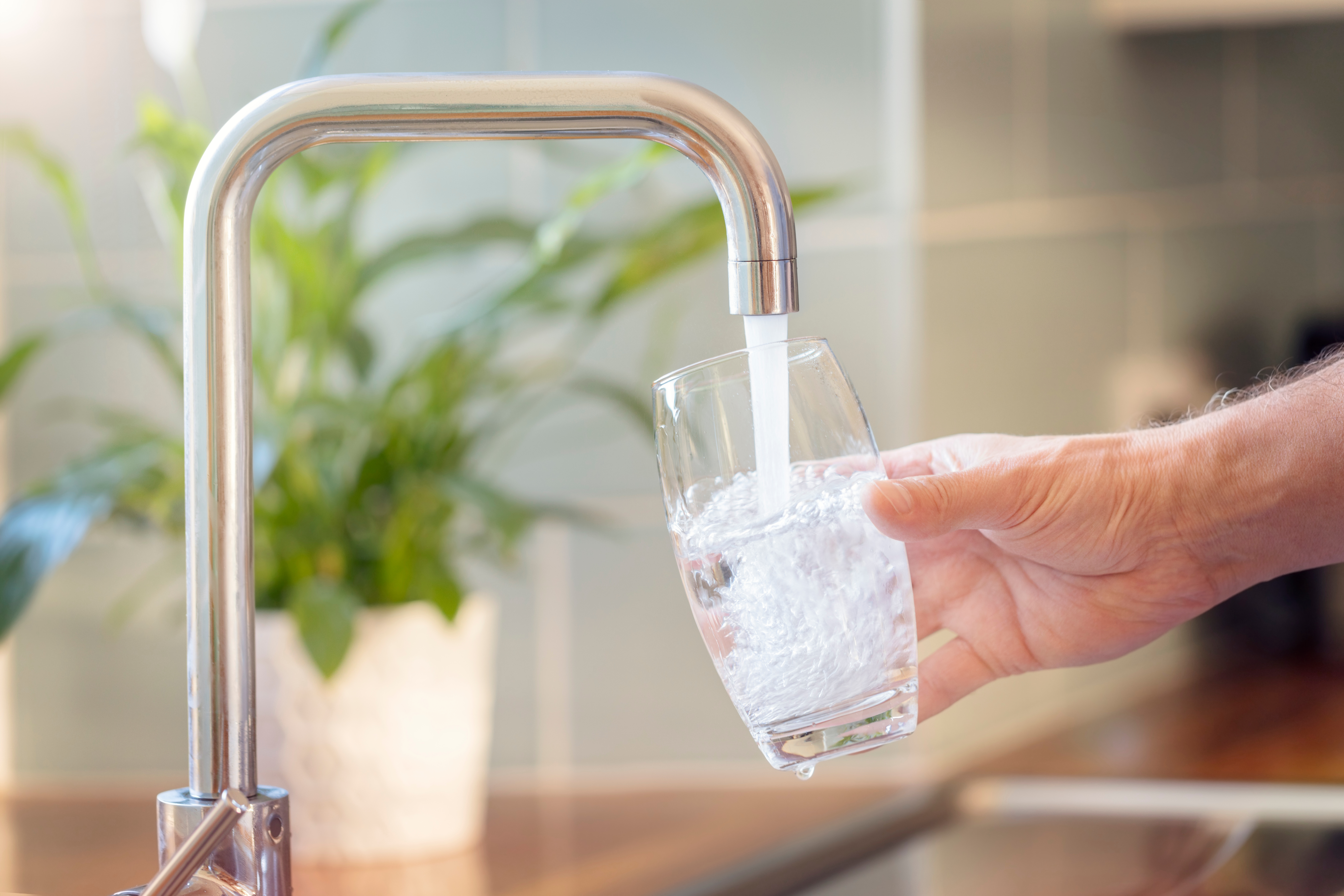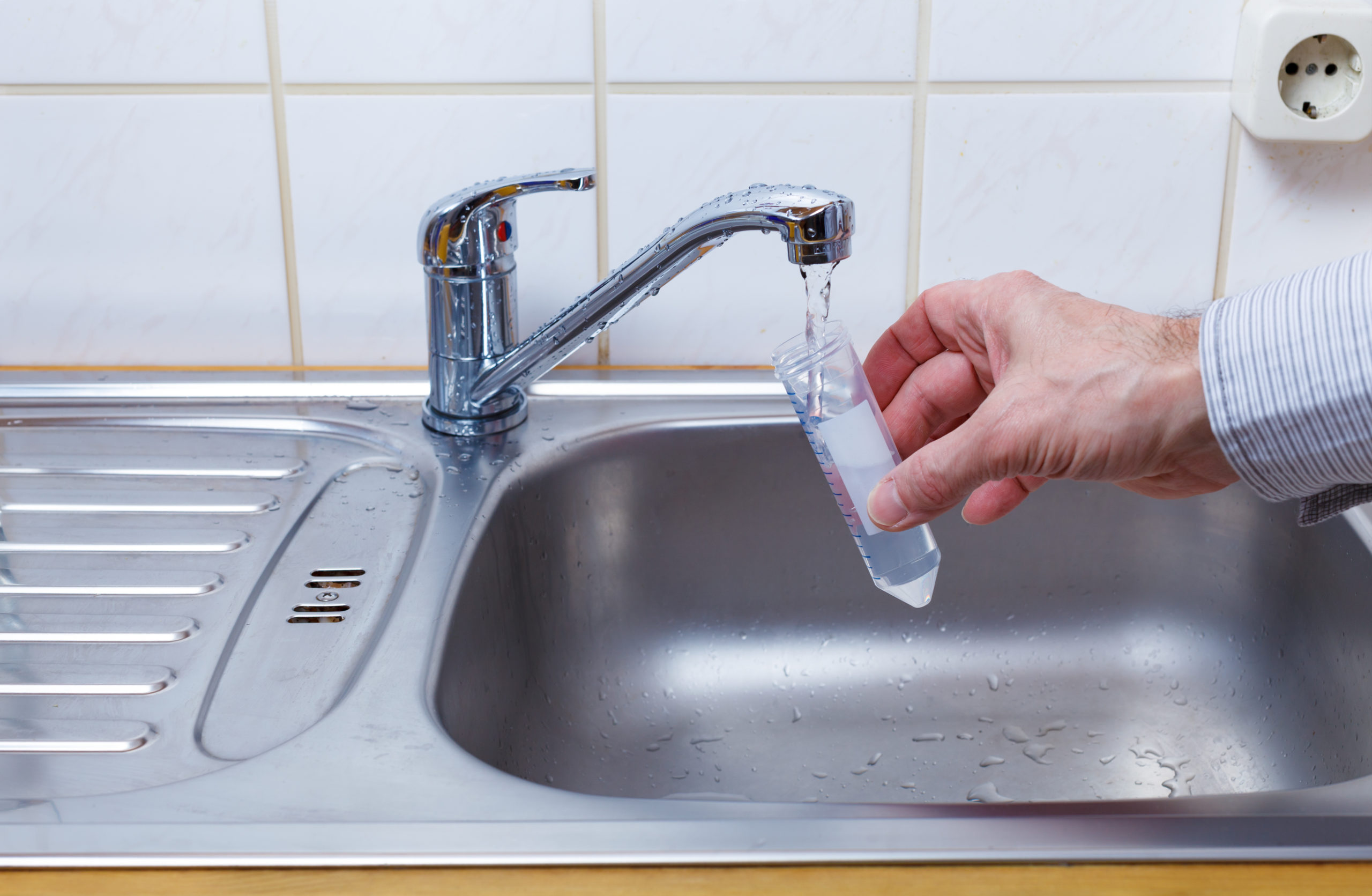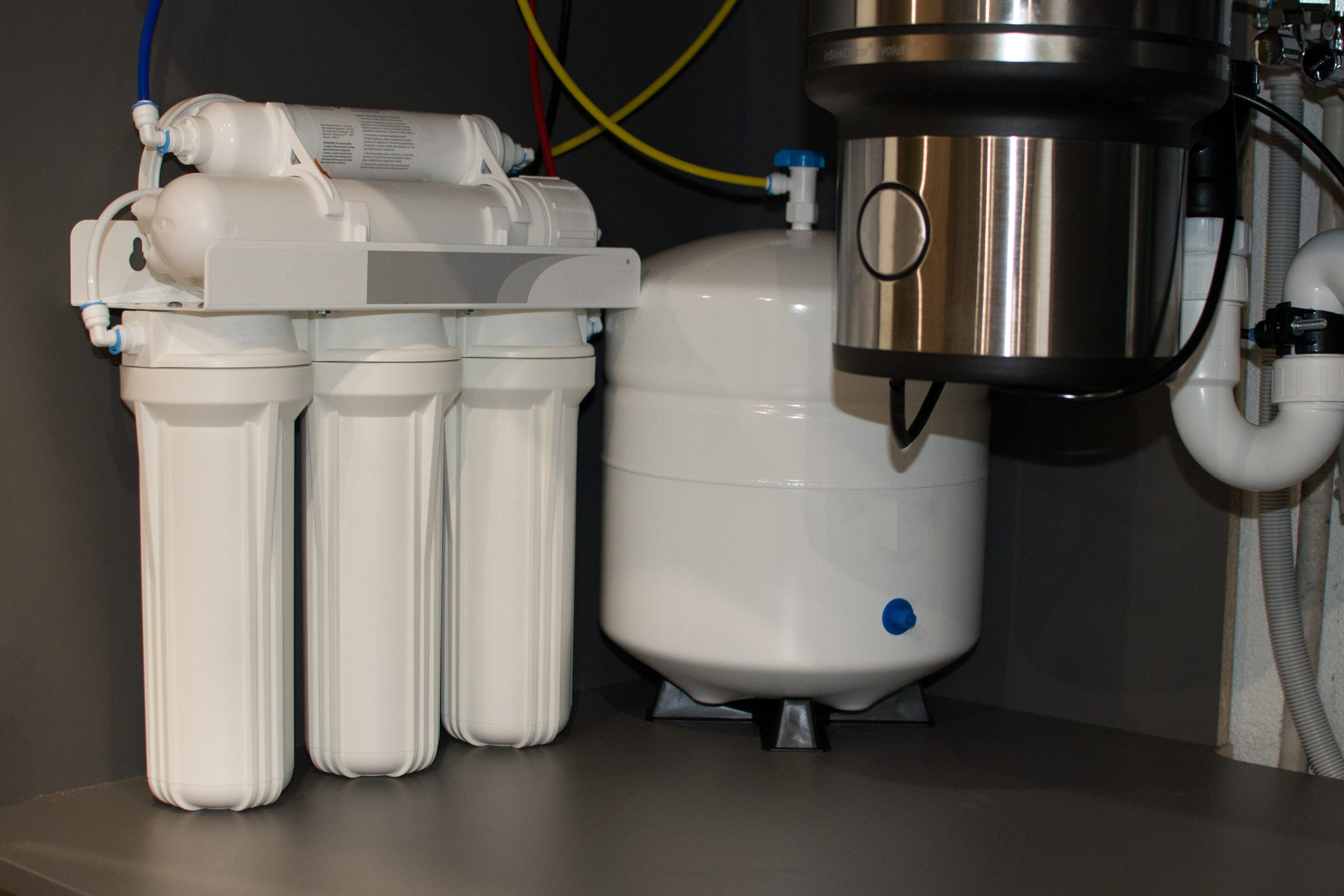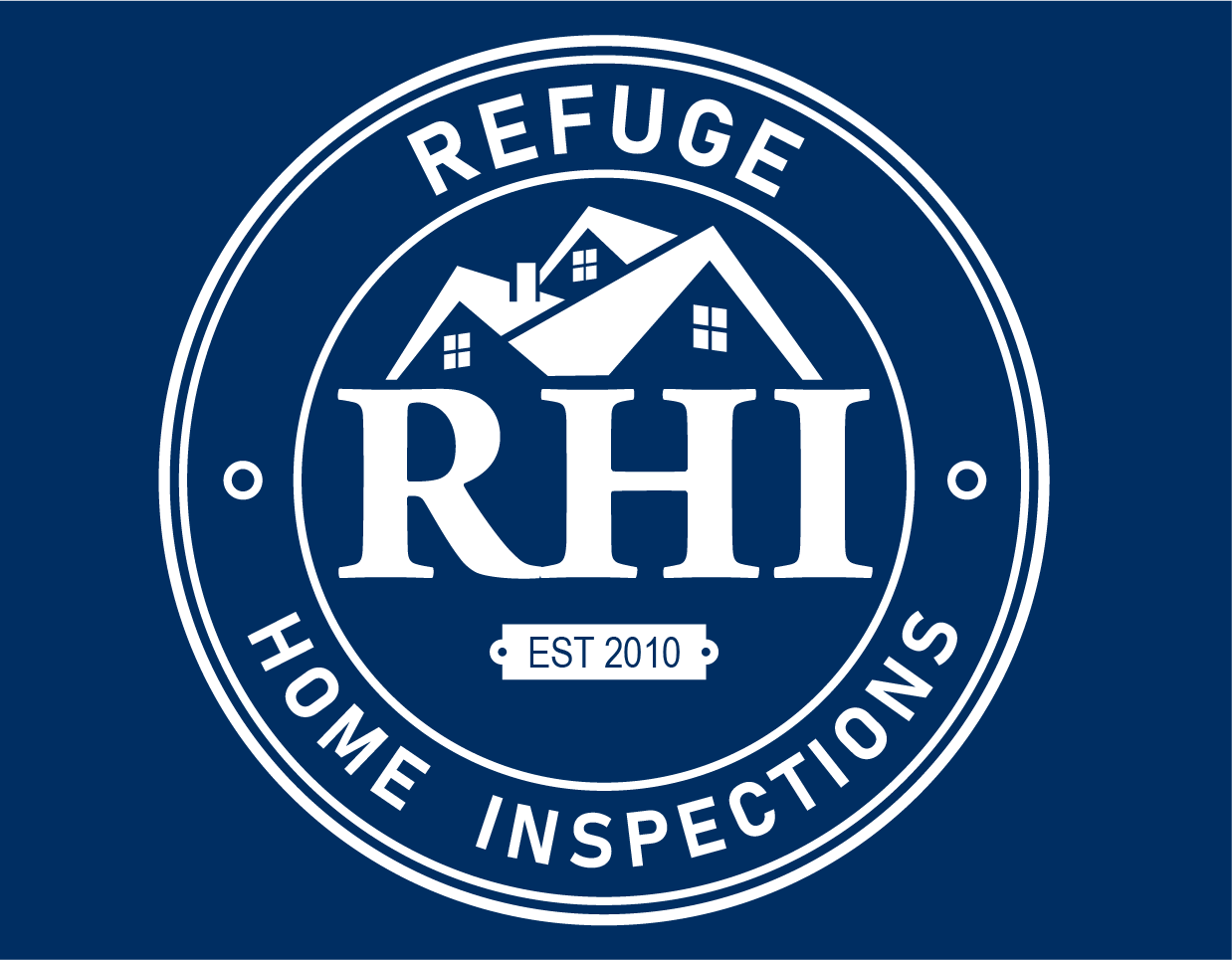World Water Day is in March. Water is the most important thing we need in our daily lives and for many it is taken for granted. It spans from basic survival to washing the dishes to powering our homes. In our homes, this seemingly endless resource comes out of our faucets every time and is waiting there additional with every turn. Many people do not even give a second thought to where that water came from, how it got there, or the fact that it is clean and ready to use. Understanding this process, especially in your home, creates a level of respect for this incredible resource.

Types of Freshwater Systems
There are two types of systems that can bring water into your home. The first, which is what most homes have, is municipal water or city water. This type of water is collected by the water works facility and processed through a filtration and treatment center before being distributed to the water grid. This water originates from the ground or directly out of a river. It’s then processed through the water filtration plant and treated before going out on the grid. From there, the water is pumped to one of the many water towers and is ready for use. The water is pumped to a water tower because it helps maintain proper water pressure for all the homes the tower services. This water has been cleaned and tested along the way to ensure it’s safe for use.
The second type of water supply is private water that comes directly from the ground at a residence. The main reason for this type of water system is the city water supply is not accessible. Typically, a well is drilled several hundred feet into the ground and a pump is installed. This pump will bring the water into the home’s holding tank. The water pressure is managed by using the pump and a bladder inside the holding tank. With this second style, you might have noticed that a step was skipped when compared to the city water. It didn’t go through a treatment system. In a well system, the filtration tends to happen naturally. As the groundwater filters down to the well pump, it gets filtered along the way. But, how do you know the filter process is enough to make your water safe?
Occupants can either drink the water and hope it’s safe or have it tested. There are a variety of contaminants that could be in the water, especially if individuals are drawing water from a well near coal mines, strip grounds, farmers’ fields, or livestock. These areas contain chemicals and/or substances that were added or leached into the soil that are harmful if consumed. Common chemicals found in water are bacteria, nitrates, heavy metals and lead, fertilizers and pesticides.
Water Test Options with RHI
The first option for testing with RHI is a standard water test that can be completed at a local health department. This type of test will check the water for E. coli and coliform. Coliform is bacteria or microbes that are found in a mammal’s digestive system. These microbes can include germs like parasites, viruses, and bacteria. It is impossible to individually detect these in a water sample, so the total number of coliforms is used. If the count is higher than the EPA suggests, then it is recommended for treatment. E. coli is a fecal coliform that is specifically targeted. Fecal is feces (or stool) of a mammal. There are literally millions of fecal coliforms that are tested by itself. Again, if these are in low doses they typically are not harmful to humans but if the wrong ones find their way into the system, it can cause diarrhea, dysentery and even hepatitis.

The second type of testing RHI can perform is an FHA/VA compliant test. Every FHA/VA loan will require this type of water test if there is a well on the property. This test is a little more involved and must be sent to a special laboratory for testing. The sample still checks for bacteria (E. coli and coliform) but also checks for lead, nitrates, and nitrites. The lead is a soft gray metal that is found in the ground as well as older piping systems. Lead has been found to damage the kidneys, brain, and nervous system. It has also been linked to learning behavior and hearing problems in children. Nitrates and nitrites are the cause by runoff or leakage from fertilizers, wastewater, landfills, animal feed areas, septic systems, or housing drainage. These chemicals can cause a considerable amount of side effects and are linked with cancer.
Next Steps After Testing
If testing results come back positive for one or more of these contaminates, what are next steps? The answer really will depend on what was identified as positive in the test. It also depends on individuals mindset about the best approach to clarifying water and the cost involved. One step that might need to happen is shocking the well. In some cases, the well itself can be treated. Much like a pool, the well can be shocked to kill the bacteria that was found. This is typically done if the system was not used over a long period of time and the water has been stagnant.
Another approach might be a whole house filter. Some of the items can be stopped with a basic inline carbon filter. This filter system is installed on the water line and needs to be changed out periodically. An ultraviolet system could be utilized to eliminate concerns by using light. Special lights are placed inside the water line. As the water passes by the light, it will sterilize 99.9 % of the bacteria that pass through. A water chlorinator might also be a solution as this system injects chlorine into the water to kill bacteria. Finally, a reverse osmosis could be utilized to clarify water. This is a filtration system that has multiple stages. As the water passes through the stages, it removes more and more contamination.

It is important to know that every well will be different. Therefore, wells need to be tested even if you have experiences with a well from a previous property. The levels in the water will be different and may even differ in the way it feels, tastes, and smells. Because of this, you may need to use it differently or consider installing a treatment system to make the water more to individual liking. Water is the most precious resource we have and protecting it not only ensures our survival but protects our modern conveniences.
